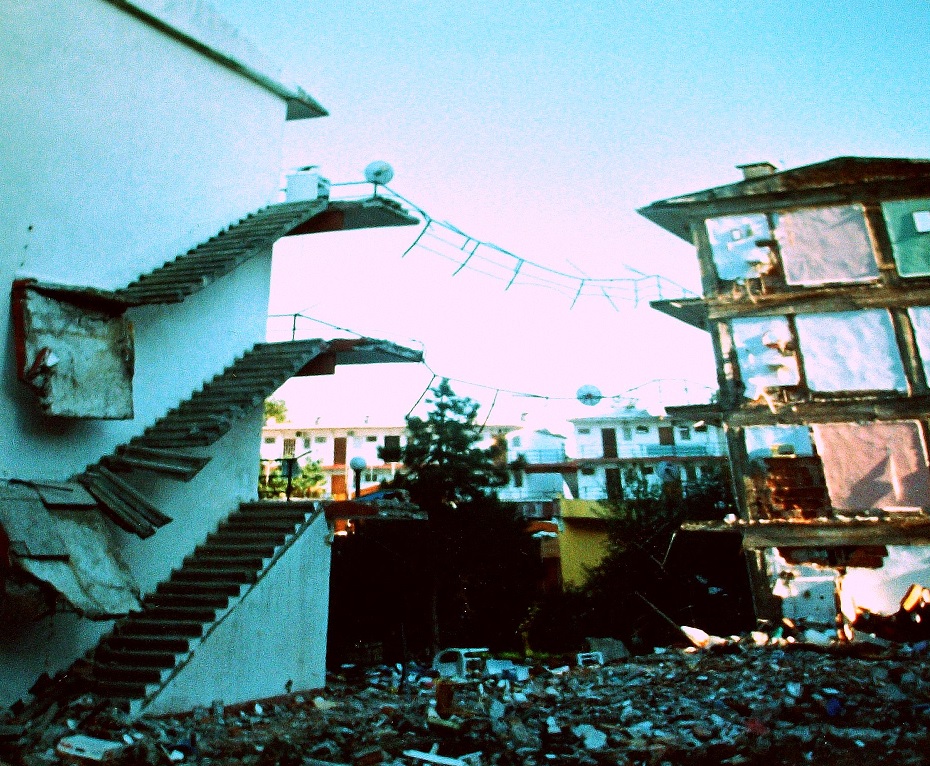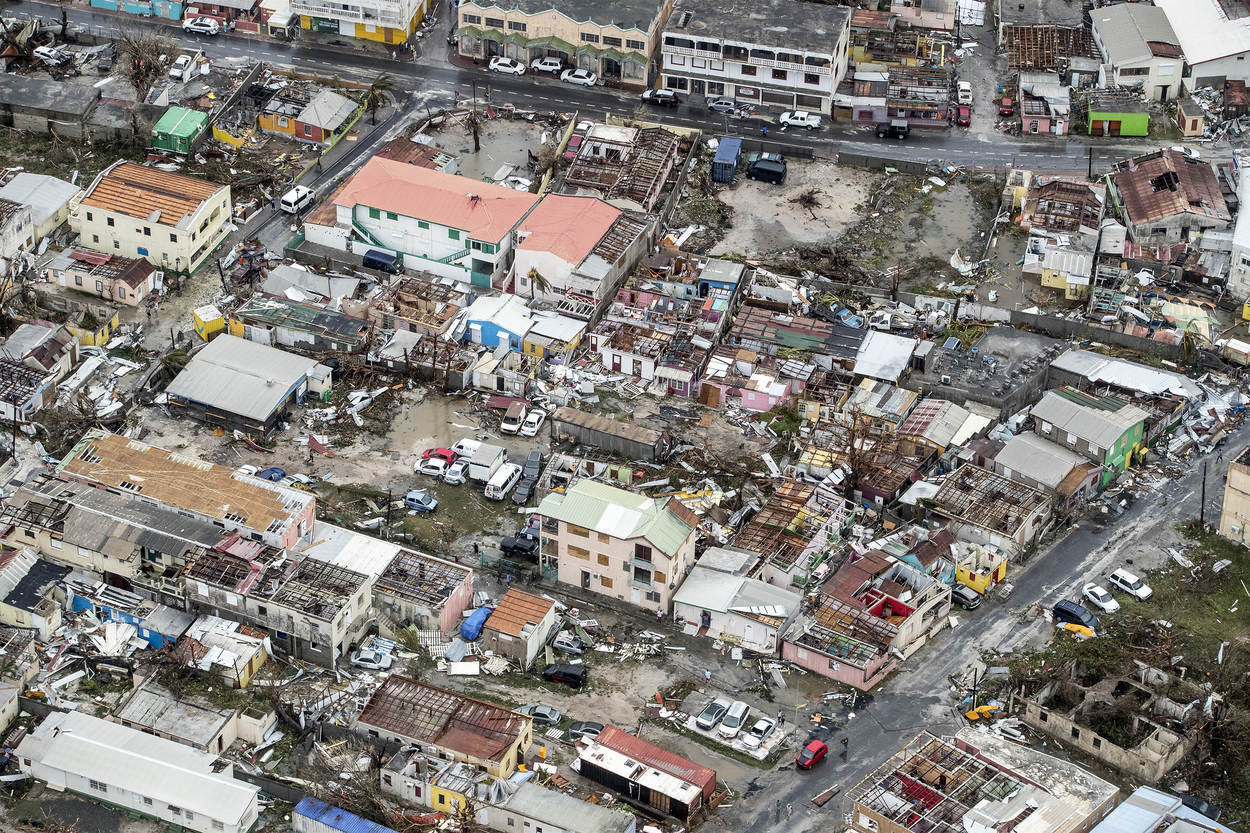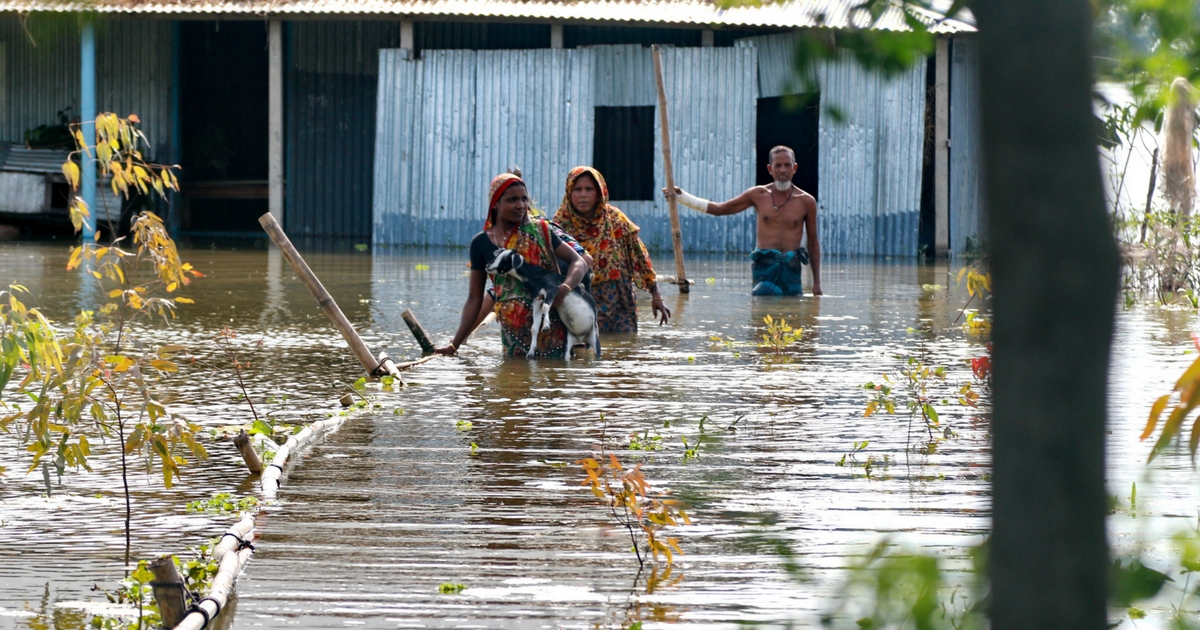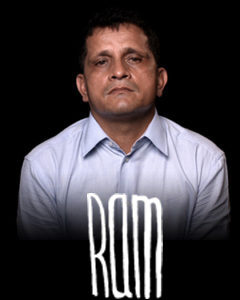Disasters & Conflicts: Turkey. Earthquake, 1999
On 17 August 1999, the earth in the north of Turkey shakes for 37 seconds, killing at least 17,000 people.

Turkey. Earthquake, 1999
Country: Turkey
Period: 1999
Type of disaster: Earthquake
Disaster: An earthquake in the north of Turkey
Estimated number of victims: More than 17,000 deaths
On 17 August 1999, the earth in the north of Turkey shakes for 37 seconds, killing at least 17,000 people. Movement along the 1,000-kilometre-long North-Anatolian Fault Zone triggers the earthquake. This fault line beneath the earth’s crust separates the Eurasian Plate and the Anatolian Plate. Turkey is located exactly on the latter. It is not the first and not the last earthquake in the region. A milder earthquake occurs in 2011. Everybody expects that the big city of Istanbul will one day be hit. After the earthquake in 1999, archenemy Greece is moved to send help to the Turkish victims. This gesture, coupled with relief provided by Turkey after a milder earthquake a month later in Greece, improves relations between the archenemies.
Damage as a result of earthquakes varies greatly from country to country, and depends largely on the structural quality of buildings. That is true in Turkey too. In 2004, a Turkish judge sentences a contractor to 25 years imprisonment his failure to comply with building regulations. That failure causes buildings to collapse too easily during the 1999 earthquake, killing 20 people. The building contractor is found guilty of mixing cement with sea sand in the construction of homes. That saves him a lot of money, but the buildings are not strong enough to withstand an earthquake, which they would have done had the contractor complied fully with official building regulations. The investigation, carried out in the years after the earthquake, reveals serious corruption in the Turkish construction industry.
















